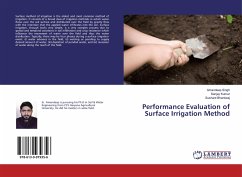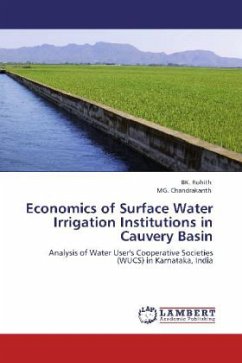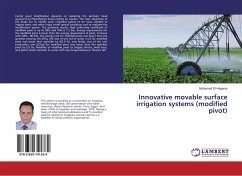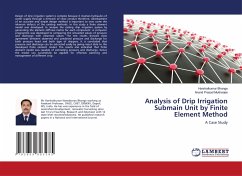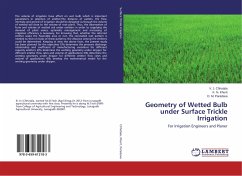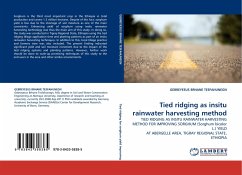Surface method of irrigation is the oldest and most common method of irrigation. It consists of a broad class of irrigation methods in which water flows over the soil surface and distributed over the field by gravity flow with the intention that the applied water infiltrates into the soil. Surface irrigation, though looks very simple, is a very complex process due to spatial and temporal variations in soil infiltration and crop resistance which influence the movement of water over the field and thus the water distribution. Typically, there may be four phases during a surface irrigation event: (i) water advance in the field, (ii) wetting or ponding to supply desired amount of water, (iii) depletion of ponded water, and (iv) recession of water along the reach of the field.
Bitte wählen Sie Ihr Anliegen aus.
Rechnungen
Retourenschein anfordern
Bestellstatus
Storno

